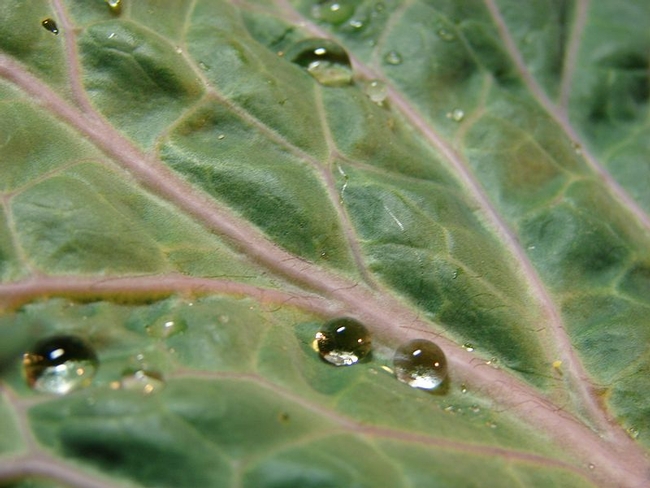![Figure. 1. Some weeds thrive in drought conditions. [Photo by J. Roncoroni] Figure. 1. Some weeds thrive in drought conditions. [Photo by J. Roncoroni]](http://ucanr.edu/blogs/UCIPMurbanpests/blogfiles/24289.jpg)
While one of the best methods to reduce weeds is to not water them, there are some that survive even in drought conditions (Fig. 1). As we continue to be impacted by the drought in California, we need to consider our weed management strategies:
- Which weeds will survive?
- How do drought conditions affect control?
Which weeds will survive?
Many weeds, once established, need very little water to survive. Weeds with extensive, deep root systems are able to “mine” water or otherwise have a ![Figure. 2. Yellow starthistle. [Photo by J. Roncoroni] Figure. 2. Yellow starthistle. [Photo by J. Roncoroni]](http://ucanr.edu/blogs/UCIPMurbanpests/blogfiles/24290.jpg)
Other weeds that survive well in drought conditions include the mallows (Malva spp.), knotweed (Polygonum aviculare L.), horseweed and hairy fleabane (both Conyza spp). Perennial weedy grasses that can survive in low soil moisture include dallisgrass (Paspalum dilatatum) (Fig. 3) and bermudagrass (Cynodon dactylon).
How do drought conditions affect control?
Not only does low soil moisture affect weed establishment, weed control with herbicides is also affected. Soil moisture factors that affect herbicide activity include degradation rate (residual) and herbicide uptake. For a herbicide to be active it must be absorbed by the plant then translocated to the site of action in high enough quantities to be toxic.
The effect of drought on preemergence herbicides. Most preemergence herbicides need rain or irrigation within 3 weeks of application to be effective, but should optimally receive this “activating” moisture within a day or two of application. Herbicides that remain on a dry soil surface may degrade or volatize off or can attach to soil particles and blow away. Rain or irrigation moves the herbicide down into the soil where germinating seeds will take it up. Because the preemergence herbicide must be at proper depth to work effectively, the amount of water applied must be enough to move the herbicide to that depth. Even though water use may be restricted, the herbicide application should be timed such that enough water is allocated to the area for good weed control.
It's important to remember that preemergence herbicides generally will not control weeds that have already or are close to emerging so any weeds germinating between the time of herbicide application and delayed irrigation will not be controlled. Also, water stress may cause some weeds to germinate later that normal. In that case, a previously applied herbicide may not still be present in a high enough concentration to be effective. Overall, drought conditions can shift weed control to postemergence herbicides due to preemergence herbicide failure and late weed emergence.
![Figure 3. Dallisgrass can withstand drought conditions once established. [Photo by J.K. Clark] Figure 3. Dallisgrass can withstand drought conditions once established. [Photo by J.K. Clark]](http://ucanr.edu/blogs/UCIPMurbanpests/blogfiles/24291.jpg)
Furthermore, plants that are actively growing will move the herbicide more effectively than those that are stressed. Under drought conditions, postemergence herbicides may not provide the kind of control you expect.
Overcoming the effect of drought on postemergence herbicide activity. Where plants are stressed but a postemergence herbicide is still the management choice, it may be worthwhile to actually water the site a few days prior to the herbicide application to ensure that weeds are growing and can take up the herbicide. Overhead irrigation will also help rinse dust off the plants.
